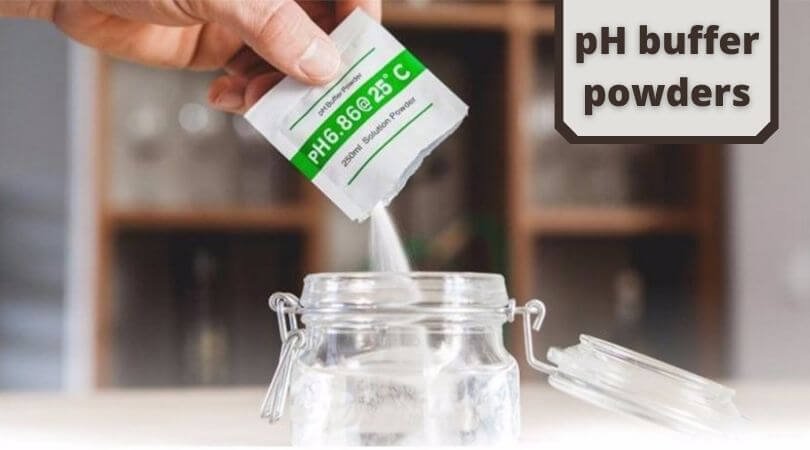A chemistry lab without glassware is like a tree without leaves and an ocean without water – incomplete.
Whether you are entering the fascinating world of chemistry as a professional or as a student, there are a few glassware that you should know about. In this article, we will shed light on them and help you understand their uses.
Contents
Mandatory chemistry lab glassware list
When you look around, you will find multiple types of glassware to learn about. Some of them are basic while the others are advanced. The advanced ones are used for specific experiments and may not find any use for them on a daily basis. Below are the types of glassware that you will frequently use, even for the simplest of experiments. These are mandatory in every chemistry lab.
1. Beakers

What comes to your mind when you think about beakers? A nice flat bottomed utensil with a long neck. That’s the most common type of beaker but did you know that there are multiple sizes and shapes that serve different purposes?
The main purpose of any beaker is to measure and mix liquids/solutions. A 250 ml beaker is a must-have for pretty much every experiment.
An important thing to note here is that beakers are not precise and should not be relied on for measurements. Beakers usually have an error margin of 10%, which can be quite significant in many cases.
2. Flasks

The conical flask or the Erlenmeyer flask is among the most common types of glassware used in chemistry labs. It is used for swirling solutions without the risk of spillage. However, that’s not the only type of flask you will come across. A few other common ones are:
- Volumetric flask: It has a narrow neck and is used to prepare standard solutions.
- Round-bottom flask: As the name suggests, it has a round bottom and a ground glass joint to make it easy to connect to other apparatus.
- Florence flask: These flasks are free-standing and do not have a ground glass joint.
- Retort flask: The retort flask is almost obsolete today. It was used in distillations.
- Pear-shaped flask: These are small flasks useful for small distillations.
- Kjeldahl flask: These flasks have very long necks and are specifically used to determine the amount of nitrogen in a given substance (Kjeldahl method).
- Schlenk flask: It finds applications in air-sensitive chemistry.
- Straus flask: This is mainly a storage flask. It stores dry solvents.
- Claisen flask: The Claisen flask is mainly used for vacuum distillation.
3. Test tubes

Ah, the good old test tubes! These were probably the first types of glassware you held in school, fascinated by their shape and use. Test tubes are perfect for small samples and can be used to heat solutions, mix them, and measure them. They are made of borosilicate glass and can be exposed to the flame directly.
Test tubes are among the most affordable types of glassware in chemistry labs.
4. Measuring apparatus

Everything from a gas syringe to a pipette comes under the category of measuring apparatus. The most common ones are:
- Graduated pipette: It helps measure multiple small volumes of liquid during titrations.
- Volumetric pipette: A volumetric pipette is used to measure liquids precisely.
- Graduated cylinder: It is a very popular apparatus to measure liquids and it comes in many sizes.
- Burette: Burettes are long tubes with volume markings. They help drop precise volumes of liquids into a solution.
Other common types of glassware
Let’s look at a few miscellaneous types of glassware that most labs can’t do without:
- Condensers
- Stirring rods
- Funnels
- Petri dishes
- Slides
- Droppers
- Watch glass
- Ring stands and clamps
- Spatulas
- Mortar and pestle
Conclusion
How many of these were you aware of and how many surprised you?
When you enter a chemistry lab, you are transformed into a world of experiments, results, and amazing procedures. These types of glassware facilitate these experiments and help us come to accurate conclusions. We hope this article answered your doubts. If you have any questions, please feel free to ask us in the comments section.





